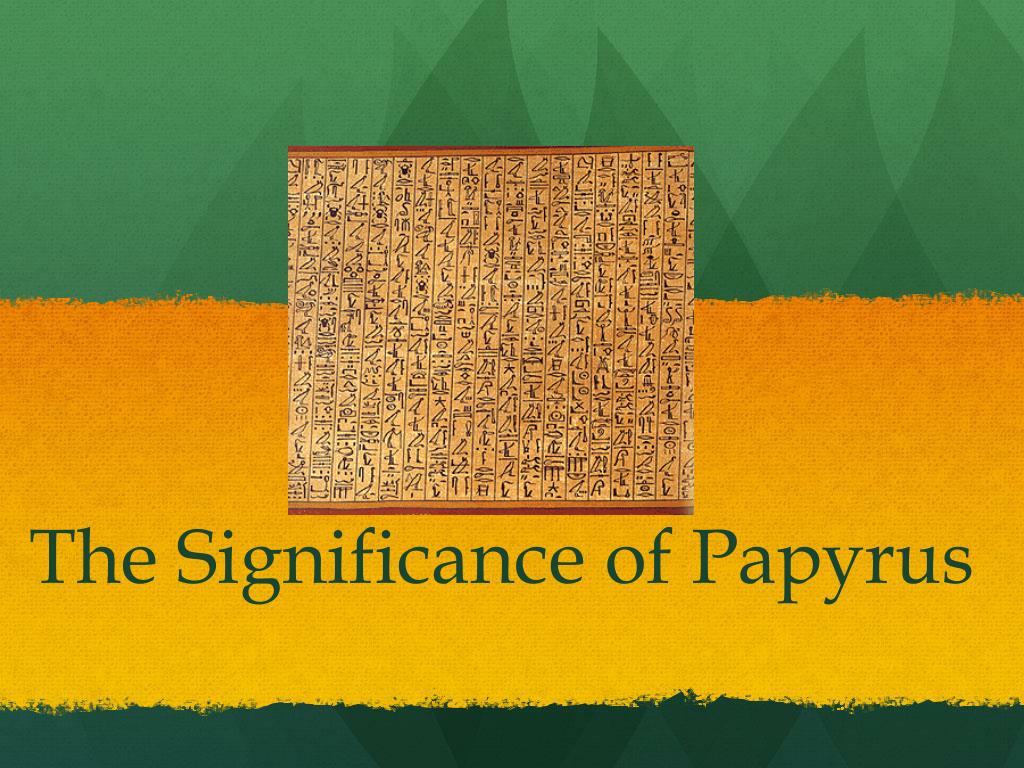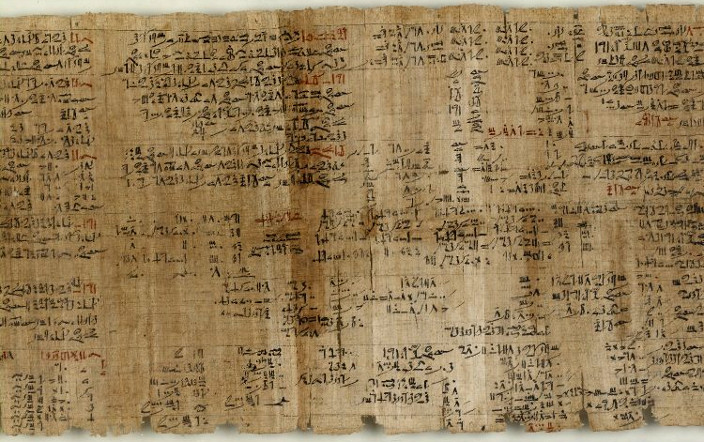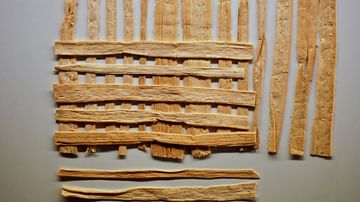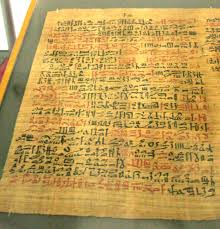

Lewis (1891) An Elementary Latin Dictionary, New York: Harper & Brothers I can see new Stereotypes in my actual model correctly. I extended metaclass 'Class' and 'Property' with several Stereotype classes. Lewis and Charles Short (1879) A Latin Dictionary, Oxford: Clarendon Press Im defining a profile using Papyrus UML in Eclipse. → Middle English: paper, papere, papir, papure, papyr, papyre, pauper, paupir.Catalan: paper, → Catalan: papir ( learned ).“ papyrus”, in Trésor de la langue française informatisé, 2012.Possessive forms of papyrus (type vastaus)īorrowed from Latin papȳrus, itself a borrowing from Ancient Greek πάπυρος ( pápuros ). papyrus in Slovník spisovného jazyka českého, 1960–1971, 1989īorrowed from Latin papȳrus, from Ancient Greek πάπυρος ( pápuros ), ultimately from Semitic.ĭeclension Inflection of papyrus ( Kotus type 39/ vastaus, no gradation).German: Papyrus (de) m, Echter Papyrus m, Papyrusstaude f.Arabic: بَرْدِيّ m ( bardiyy ), كُولَان m ( kūlān ), كَوْلَان m ( kawlān ) Egyptian Arabic: بردي m ( bardi ) All parameters that define papyrus growth, mortality and decay processes are also related to system conditions (e.g.It is the rational, logical, and advanced thinking exhibited in the Edwin Smith Papyrus that mandates its respect from modern otolaryngologists and all physicians alike. The authors attempt to uncover some of these fundamental ideas and trace them through time until their incorporation in our modern medical knowledge base.

Many of the concepts physicians and patients today take as common knowledge originated in the Edwin Smith Papyrus. Hippocratic teachings were used to form the basis of modern medicine, and medical pioneers in the 17 century studied the ancient Greek texts as the origin for their ideas. With the dawn of the Renaissance, medicine would finally purge itself of its past supernatural foundation.

Although Hippocrates teachings were recognized by some scholars during the Middle Ages, they did not make up the basis for mainstream medical knowledge. As Europe entered the Dark Ages, so did medicine yet again, reverting to spells and prayers instead of judgment and reason. It is believed that the ancient Greeks had knowledge of the contents of the Edwin Smith Papyrus and its teachings and used them as the basis for their writings. when Hippocrates and his disciples in ancient Greece would once again revive logic in medical thinking and teaching. As Egyptian civilization declined during the next millennium, the teachings of the Papyrus would be lost. The Edwin Smith Papyrus cast aside the prevailing magic and mysticism of that time in favor of logic and deductive reasoning. Although in modern medicine we take for granted that the use of physical examination and rational thinking lead to an accurate conclusion, 5,000 years ago, this was extraordinary. The text instructs the physician to examine the patient and look for revealing physical signs that may indicate the outcome of the injury. The Papyrus is divided into 48 cases, most of which describe traumatic injuries. The surviving scroll, a copy of an earlier text from around 3,000 B.C., gives us remarkable insight into the medical practice of ancient Egyptians in the Nile River bed during the dawn of civilization.

The Edwin Smith Papyrus, discovered in 1862 outside of Luxor, Egypt, is the oldest known surgical text in the history of civilization.


 0 kommentar(er)
0 kommentar(er)
